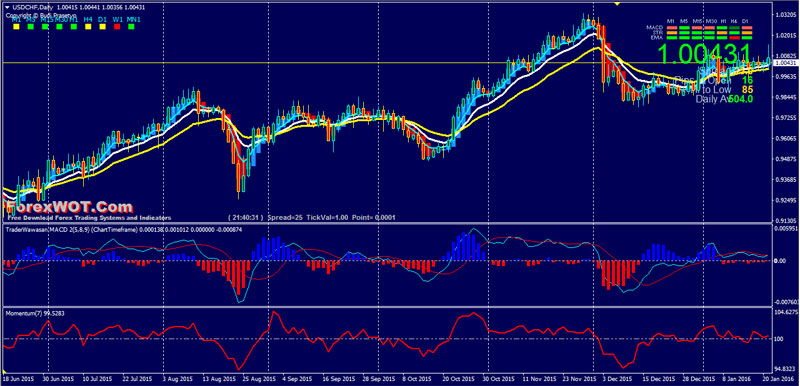

Let’s calculate this together with the following data set of 10 prices: The EMA, on the other hand, will weigh the difference between the current period's price and the previous EMA and add the result to the previous EMA - so that the most recent price will take more weight while the older price is weighted less. The SMA will take all the prices within the past 10 days added together, and divide by 10 to give the average.

Let’s say we want to calculate the MAs of a 10-day range. They are the Simple Moving Average (SMA) and Exponential Moving Average (EMA).
#100 and 200 ema crossover how to
That makes sense, right? How to calculate the different moving averagesĪs we mentioned above, there are 2 main types of moving averages. However, by understanding how each moving average is calculated, it will help traders identify the right MA to use, and know what settings to tweak so it yields more accurate results.

It's true, indicators are usually always calculated and plotted nicely onto the graphs for a user. This applies to any other indicator out there - understanding how an indicator works means a trader can adjust and create different strategies as the market environment changes. Why it’s important to know the moving average calculation Traders may be wondering why there is a need to know how the different moving averages are calculated when they can just pop them onto their charts with a click.

What is the difference between the simple moving average and the exponential moving average? There are 2 main types of moving averages that are commonly used: This is plotted alongside the price on a line, and it constantly updates itself as the price changes. This means it’s essentially calculating the average of the highs and lows of the price for a set number of periods, using historical data from price movement. It is mainly because it smoothes out price action and prevents short-term price fluctuations by filtering out the “noise”. Traders may be wondering why the MA would be helpful. In technical analysis, the moving average (MA) is one of the most commonly used tools. This means that the MA cannot warn traders about future price movements, but would come in handy when identifying trend changes. Moving averages are a trend-following indicator - with their values and movement based off of past prices. Moving averages can be used in a number of ways, and there are many different types to choose from.īut what are they and how do traders use them? In this guide, we'll explain what moving averages are and how to use them in a trading strategy. When learning how to use technical analysis in trading, one of the first things a trader needs to understand is moving averages.


 0 kommentar(er)
0 kommentar(er)
